Environmental Engineering Reference
In-Depth Information
translocation
dissolution
leachates
from vadoze zone
seapage
deposition
mobilisation
ionic strength
pH
ionic composition
hydraulic effects
→
Na
+
Is
↓
pH ?
Ca
++
stabilisation
transport
generation
secondary mineral formation
precipitation from over-saturation
dissolution of cements
bacterial growth
filtration
Eh
↓
pH ?
pCO
2
↑
Figure 4.3
Schematic plot of important processes infl uencing colloid behaviour in the sub-
surface environment. Mobilization usually takes place when double layers expand or by
changes of the surface charge (polarity +/
); hydrodynamic forces
usually play a less important role for colloids. Generation occurs when new colloids are
produced by precipitation from supersaturation or by dissolution of cements which contain
colloidal particles (as carbonates or oxides) through changes in surrounding conditions as
decrease in pH or redox potential or increase in the dissolved carbon dioxide. Removal of
colloids is associated with dissolution of particles, their deposition onto the immobile matrix
straining fi ltration in the pores (from V. D. Kammer 2005).
−
to +/+ or more often
−
/
−
(e.g. protein, polysaccharides, nucleic acids and small molecules such as sugars and
amino acids) and humic substances. In this section only two categories of NOM are
reviewed, namely humic substances and extracellular polymeric substances (e.g.
polysaccharides and proteins, usually present as fi brillar material), as they represent
the major constituents of NOM and play a signifi cant role in determining the fate
and behaviour of colloids and particles (Buffl e
et al.
, 1998). Other compounds are
limited by their rapid turnover or low production rates and hence are present at
low concentrations in different environmental systems (Fabiano and Pusceddu,
1998; Mannino and Harvey, 2000).


























































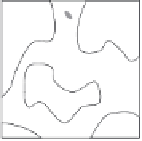
















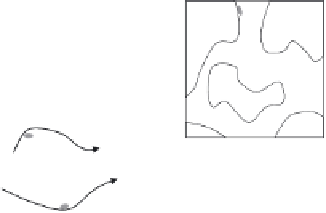





















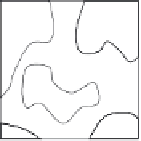



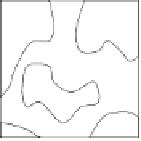





























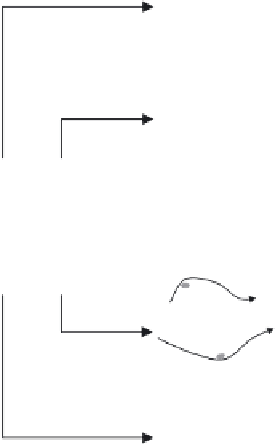




























Search WWH ::

Custom Search